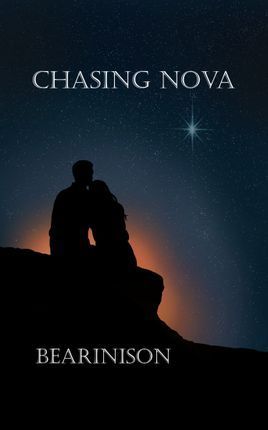
Stories made for human hearts by creative minds
Every book on Quibble comes from emerging writers who care about their craft. These stories let you step into another life, see the world differently, and feel a little more connected.

Baseline quality

Beautiful reading experience

Community energy

Exclusive stories

Timeless Classics
Trending now
Discover gems exclusively published on Quibble, from completed works to unfolding tales.
Writing a story? If you're committed to your craft, we want to read it.
On Quibble you can grow your craft, publish your work, build a loyal readership, and earn revenue from your stories. No matter your stage or genre, our team is here to guide and support you.
Timeless knowledge
Discover timeless stories that have shaped literature for generations.

The Strange Case of Dr. Jekyll and Mr. Hyde

Cool air

The Masque of the Red Death

The Red Room

The Great Gatsby

Winnie-the-Pooh

The Club of Queer Trades

Star Surgeon

Pirate tales from the law

The quest of Iranon

War and Peace

The curse of Yig

Dracula

The innocence of Father Brown

Pride and Prejudice

The Time Machine

The Brothers Karamazov

The Book of Dragons

Madame Bovary

























